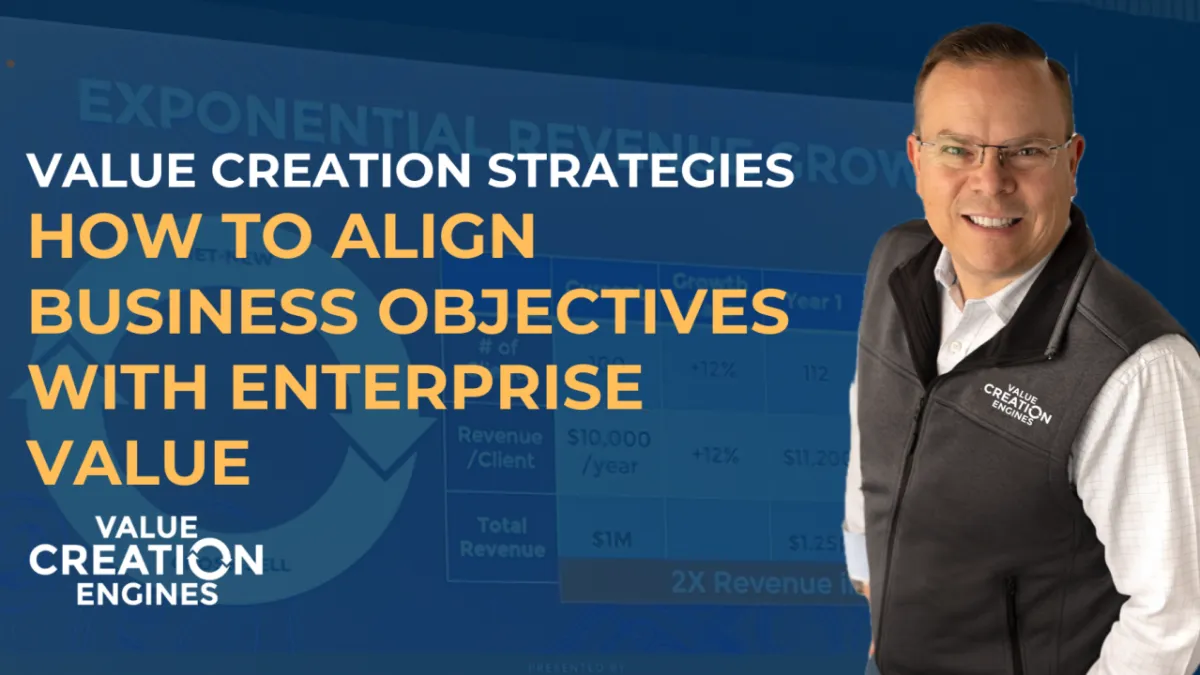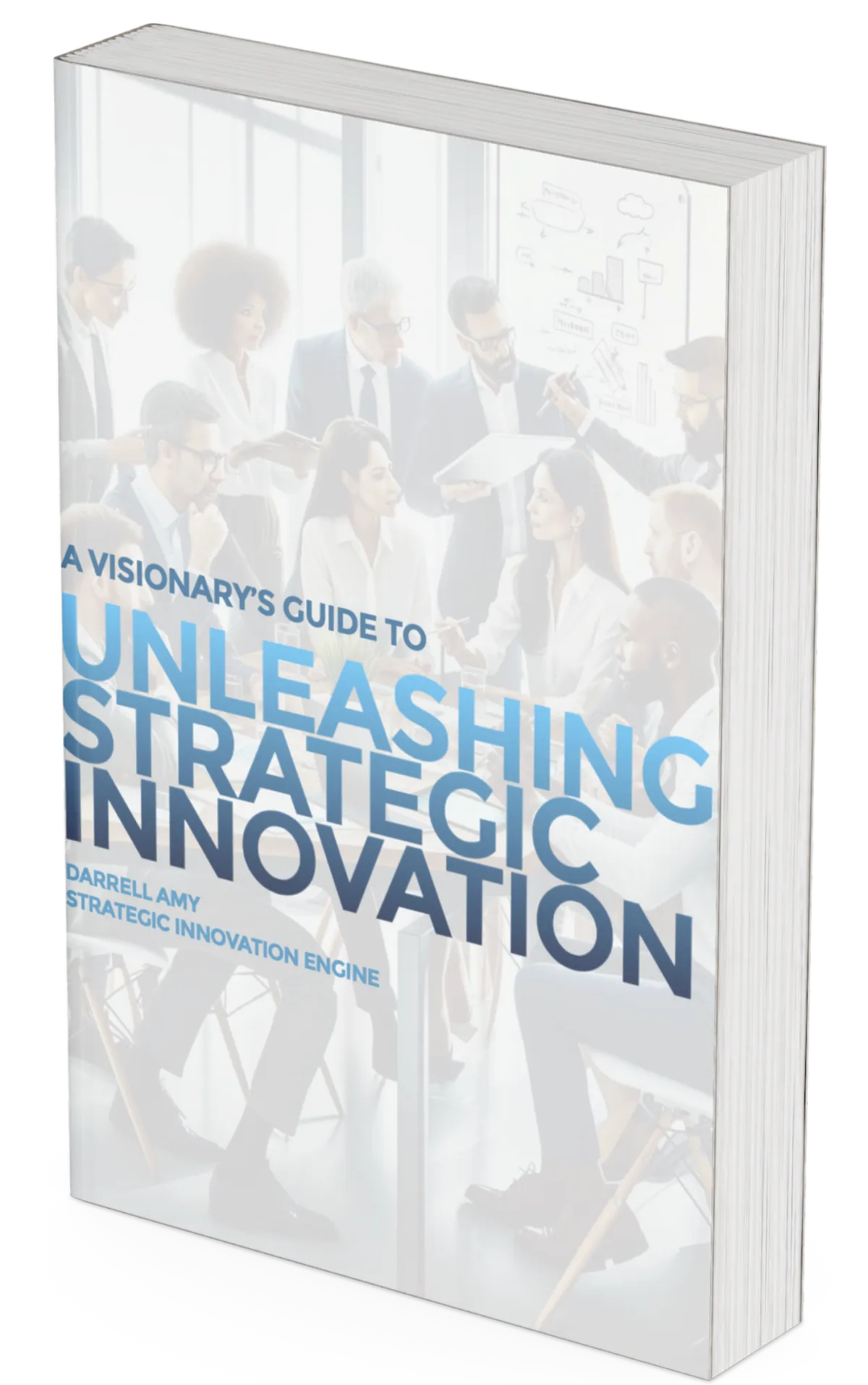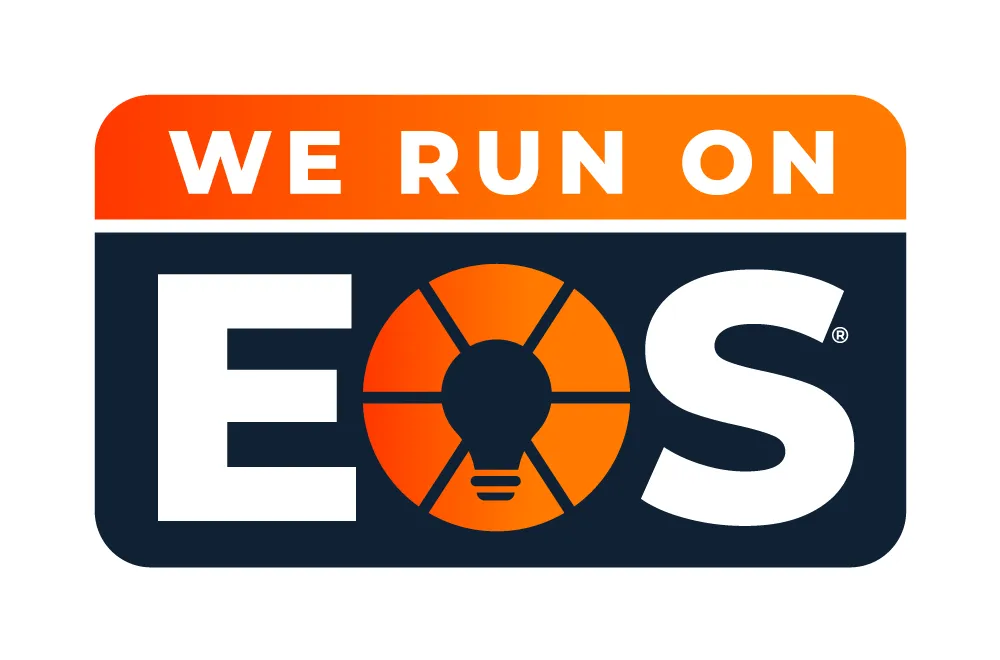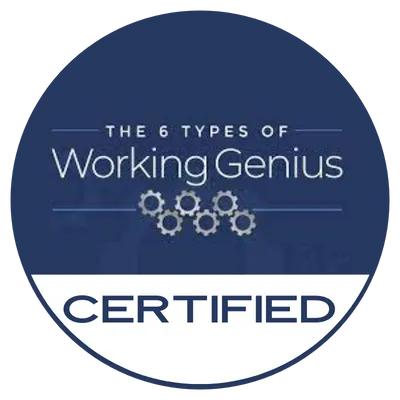
How To Align Business Objectives with Enterprise Value
As companies approach the fourth quarter and begin updating their one- and three-year objectives, it’s crucial to ask: how do these goals contribute to increasing the company’s valuation? If the ultimate goal of a business is to maximize its value, then aligning annual objectives with value creation is not just important—it’s essential. But how can we ensure that our objectives are directly tied to enterprise value growth?
1. How Will Achieving This Objective Create Value?
The first question every leadership team should ask is, “How will achieving this objective create value for the company?”
For example, let’s say you have a three-year objective as follows:
Increase recurring revenue from 20% “handshake” agreements to 80% contracted by 12/30/2027.
How would this create value? Consider the following:
Predictable and Stable Cash Flow
Recurring revenue provides consistent and predictable cash flow, reducing the business’s financial risk. This stability is attractive to investors and potential buyers, as it lowers uncertainty and enables better financial planning and forecasting.
Higher Valuation Multiples
Businesses with recurring revenue models—like subscriptions or long-term contracts—often command higher valuation multiples than those with one-time sales. The reason? Predictable revenue streams reduce the need for constant new customer acquisition, making the business more attractive to buyers.
Increased Customer Retention and Lifetime Value
Recurring revenue typically stems from long-term relationships, leading to higher customer retention and increased customer lifetime value (CLV). Businesses with high CLV are seen as more stable and valuable.
Reduced Dependency on Sales Efforts
Once a customer commits to a recurring payment model, the business can generate revenue without constantly needing to resell. This allows the sales team to focus on new customer acquisition, layering multiple revenue streams.
Scalability
Recurring revenue models often scale more easily than transactional ones. For instance, a SaaS company can grow by adding users without a significant increase in operational costs, boosting profitability over time. This scalability leads to a higher valuation.
Enhanced Customer Loyalty and Brand Value
Subscription-based businesses often enjoy higher customer loyalty, which strengthens brand value. This intangible value is reflected in a higher overall valuation.
Easier to Raise Capital
Businesses with predictable, recurring revenue are more attractive to lenders and investors. Consistent cash flow lowers the risk for financiers, making it easier to raise capital for growth—an advantage when considering mergers, acquisitions, or investment opportunities.
By identifying how a specific objective drives value, you can better define the Key Results required to achieve it. For example, suppose the goal is to increase recurring revenue. In that case, Key Results might include metrics like the percentage of customers with contracted recurring revenue, monthly recurring revenue, net promoter score, or EBITDA multiple.
2. How Much Value Will Be Created?
Once you’ve clarified how an objective creates value, the next step is to estimate how much value will be added. This helps ensure your objectives are SMART (Specific, Measurable, Aspirational, Realistic, and Time-based).
Consider these two objectives:
Open a branch office in the Austin market.
Open a branch office in the Austin market with three salespeople generating $5 million in new revenue and $1 million in annual profits by 12/30/2027.
The first objective is vague and lacks measurable impact, while the second is specific, measurable, and time-bound. To estimate the value, multiply the new EBITDA by your industry’s valuation multiple. (If you don’t know your multiple, visit value.valuecreationengines.com to learn more.)
For instance, if your EBITDA multiple is 5X, the additional $1 million in profits would add $5 million in enterprise value. Your objective could then be stated as:
Create $5 million in new enterprise value by opening a branch office in Austin with three salespeople generating $5 million in new revenue and $1 million in annual profits by 12/30/2027.
By quantifying the value tied to your objectives, you make your goals more actionable and provide your leadership team with a clear sense of how these efforts will contribute to the overall enterprise value. A well-defined, value-driven objective like the one in this example empowers your team to prioritize effectively and align their efforts with measurable outcomes that drive growth. Ultimately, this approach ensures that every major decision and investment moves your business closer to its long-term value-creation goals.
3. Prioritize Objectives by Value
Quantifying the value created by an objective allows your leadership team to prioritize effectively. Some objectives may sound good initially but fail to articulate how they create value. If an objective isn’t driving value, it might not be worth prioritizing.
Conversely, objectives that don’t seem urgent at first could become a priority when their value-creation potential is fully considered.
Are You Measuring and Tracking Enterprise Value?
None of this matters if you don’t have a clear grasp of your company’s enterprise value and the key drivers behind it. Unfortunately, many business owners rely on rough estimates—often based on hearsay. But there’s a smarter way to determine the value of your business, your largest personal asset. Start with a market valuation from an accredited professional who understands how to value a business. With this knowledge, you’ll not only understand your current valuation but also the potential value if your business becomes best-in-class.
To start the process, get an estimate of your business value. Send me a private message or visit value.valuecreationengines.com
Originally published on Darrell Amy's LinkedIn.
FREE BUSINESS VALUATION
Large Call to Action What is Your Business Worth?
You can Discover the Value of Your Business in Less than 20 Minutes!
Join 70,000 business owners and get your score on the 8 Factors That Drive Your Company’s Value, a comprehensive analysis of your score and a detailed action plan for how to improve your score on each.

DISCOVER HOW YOUR COMPANY CAN UNLEASH STRATEGIC INNOVATION
Attract, engage, and retain top talent
Integrate new technologies like AI
Build competitive advantage
Create profitable growth
"Wow! This is incredibly powerful! My integrator needs to see this right away.
Chris C.
Visionary and CEO


We run our business on EOS
We run our business on EOS



